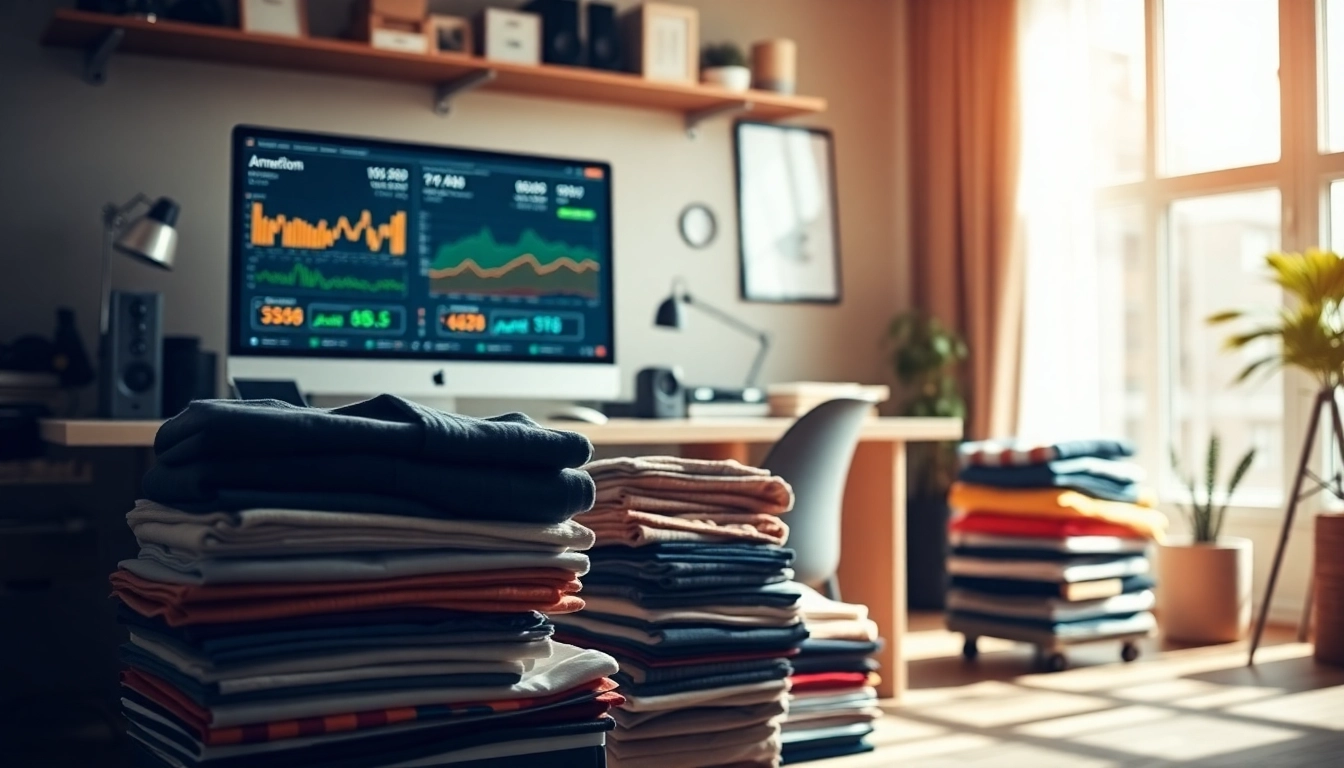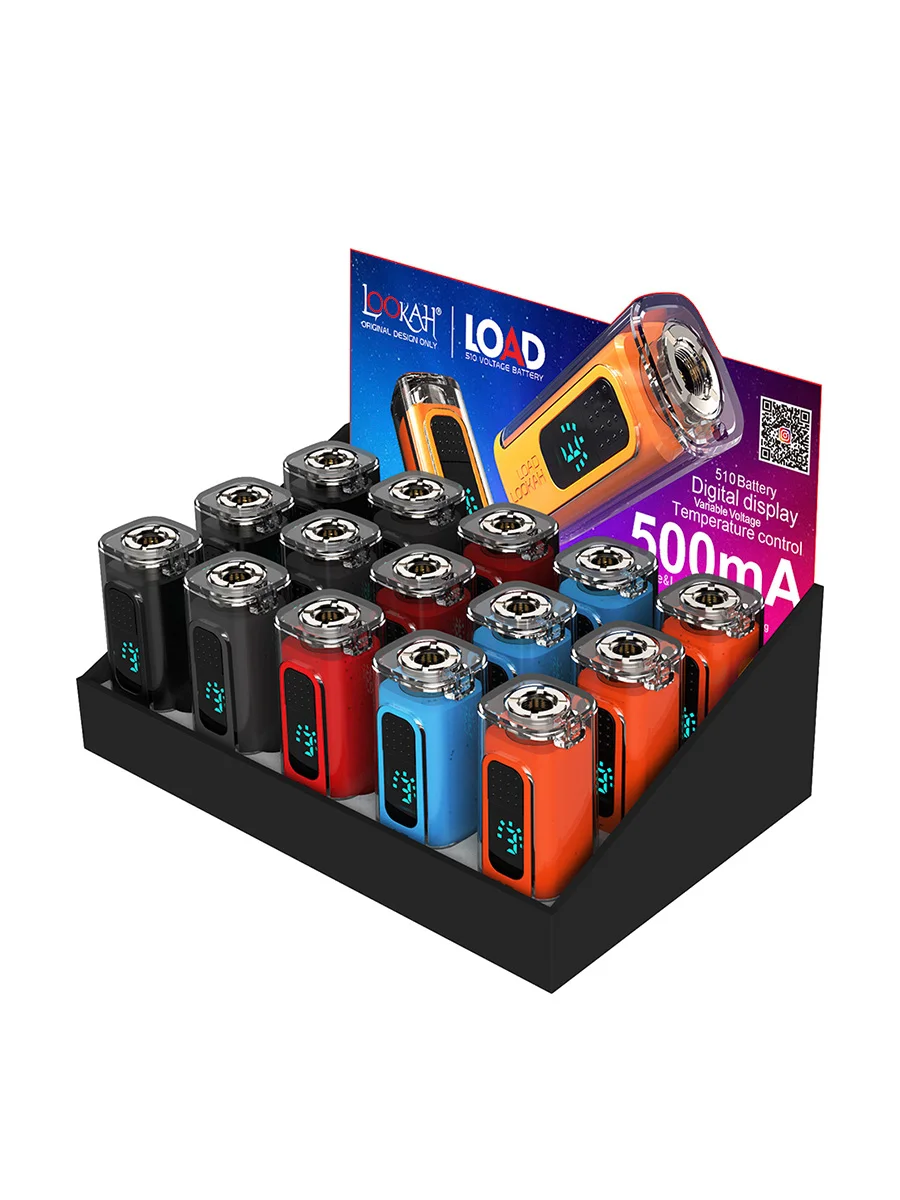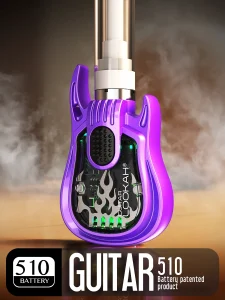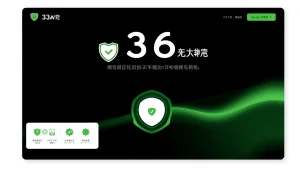Bamboo Baby Clothes: Comfort and Style for Your Little Ones
What Makes Bamboo Baby Clothes Unique?
Bamboo baby clothes have gained immense popularity among parents seeking sustainable and comfortable clothing options for their little ones. Unlike traditional fabrics, bamboo is known for its softness, durability, and eco-friendly properties. Bamboo baby clothes are crafted from the viscose or rayon fabric derived from bamboo, which provides a unique blend of comfort and utility that appeals to conscientious consumers.
The Benefits of Bamboo Fabric
Bamboo fabric offers several advantages over conventional materials. Its inherent properties make it an ideal choice for baby clothes:
- Softness: Bamboo fibers are naturally soft and smooth, providing a luxurious feel against the delicate skin of babies.
- Moisture-Wicking: Bamboo has excellent moisture absorption and evaporation capabilities, keeping babies dry and comfortable.
- Breathability: The structure of bamboo fibers allows for better airflow, which helps regulate temperature and prevents overheating.
- Hypoallergenic: Bamboo fabric is naturally hypoallergenic, making it suitable for babies with sensitive skin or allergies.
- Antibacterial Properties: Bamboo contains a natural antibacterial agent, which helps reduce odors and keep garments germ-free.
How Bamboo Baby Clothes Support Eco-Friendliness
Beyond personal comfort, bamboo baby clothes contribute to the well-being of the environment:
- Sustainable Crop: Bamboo grows rapidly, requiring significantly less water than cotton and no fertilizers or pesticides, making it an eco-friendly choice.
- Biodegradable: Bamboo products naturally decompose, reducing landfill waste compared to synthetic materials.
- Low Carbon Footprint: The production process of bamboo fabric often involves cleaner technologies, leading to a lower carbon footprint.
Comparing Bamboo to Other Fabrics
When choosing baby clothes, the fabric matters. Bamboo distinguishes itself from other commonly used materials:
- Cotton: While cotton is soft, it requires extensive water and pesticide use. Bamboo offers a more sustainable alternative.
- Polyester: Synthetic fabrics can irritate a baby’s skin and are not biodegradable. Bamboo, conversely, promotes skin health and environmental sustainability.
- Wool: Wool is warm but can be itchy for sensitive skin. Bamboo provides warmth without discomfort.
Choosing the Right Bamboo Baby Clothes
With a variety of styles available, selecting the perfect bamboo baby clothes can be challenging. Here are considerations to help you make informed choices:
Essential Styles for Different Occasions
Consider the following essential styles of bamboo baby clothes:
- Onesies: Ideal for everyday wear, onesies provide convenience and comfort for both babies and parents.
- Pajamas: Bamboo pajamas keep children cozy during sleep and are soft against their skin.
- Swaddles: Perfect for newborns, bamboo swaddles offer softness and breathability, promoting safe and comfortable sleep.
- Dresses and Outfits: For special occasions, bamboo dresses and outfits retain a soft feel while offering style.
Factors to Consider When Buying Bamboo Baby Clothes
When purchasing bamboo baby clothes, consider the following:
- Size: Ensure the clothes fit well to avoid any discomfort.
- Style: Select styles that suit your baby’s needs, whether for casual or formal situations.
- Functionality: Look for features like snap buttons or zippers for easy diaper changes.
- Care Instructions: Some bamboo clothes are machine washable, while others require special care.
Size Guide for Bamboo Baby Clothes
Choosing the right size is crucial for comfort. Each brand may have different sizing charts, but here’s a general guide:
- Newborn: Up to 7 lbs
- 0-3 Months: 7-12 lbs
- 3-6 Months: 12-16 lbs
- 6-12 Months: 16-22 lbs
- 12-18 Months: 22-27 lbs
Caring for Bamboo Baby Clothes
To keep bamboo baby clothes looking great and feeling good, proper care is essential.
Washing and Drying Instructions
Follow these guidelines to maintain the integrity of bamboo fabric:
- Machine Wash: Use a gentle cycle in cold water to prevent shrinking.
- Avoid Bleach: Bleach can damage the fibers, so use a mild detergent instead.
- Drying: Air drying is preferred to retain softness. If using a dryer, select a low heat setting.
Tips for Maintaining Softness and Durability
Keep your bamboo baby clothes soft and durable by:
- Avoiding Fabric Softeners: These can coat the fabric and reduce its natural softness.
- Changing Regularly: Regular rotation of outfits can minimize wear and tear on individual pieces.
- Storing Properly: Ensure clothes are stored in a cool, dry place to prevent mold or mildew.
When to Replace Bamboo Baby Clothes
As babies grow rapidly, it’s essential to know when to replace clothing:
- Stretch Marks: If clothes show signs of stretching or losing shape, it’s time for new ones.
- Fading Colors: If the vibrant colors fade significantly, the clothes may be nearing the end of their lifecycle.
- Deterioration: Look for any holes or snags that indicate wear.
Popular Trends in Bamboo Baby Clothes
The world of bamboo baby clothes is always evolving, with various trends emerging to cater to parents’ desires for style and functionality.
Playful Patterns and Colors for Babies
Parents are drawn to whimsical designs that appeal to both children and adults. Here are some popular patterns and colors:
- Floral Prints: Sweet floral designs that adorn dresses and onesies.
- Animal Patterns: Cute animal graphics that capture a child’s imagination.
- Pastel Colors: Soft pastels that are soothing and gentle on the eyes.
Seasonal Collections and Styles
Seasonal collections often feature special designs tailored to weather changes, providing comfort throughout the year:
- Lightweight Fabrics for Summer: Breezy bamboo garments perfect for hot days.
- Layering Pieces for Winter: Warmer layers that can be mixed and matched.
- Holiday Themes: Festive designs for special occasions and celebrations.
Influencers and Trends in the Bamboo Baby Clothes Market
Influencers often share tips for styling bamboo baby clothes, showcasing how they can be combined for fun and fashionable looks. Trends are also influenced by:
- Minimalism: Parents increasingly prefer minimalist designs that are versatile and functional.
- Ethical Fashion: More families seek brands that focus on sustainability, enhancing the popularity of bamboo fabric.
- Celebrity Endorsements: Noticing high-profile parents endorsing bamboo clothing adds to its desirability.
Where to Purchase Bamboo Baby Clothes
In your quest for the perfect bamboo baby clothes, knowing where to shop can save time and ensure you find quality items.
Online Retailers and Shopping Tips
Online shopping offers an array of products at your fingertips. Here are some tips:
- Check Reviews: Look for customer feedback to gauge the quality and fit of the clothing.
- Look for Return Policies: Ensure that you can easily return items that don’t fit.
- Consider Shipping Costs: Factor in any additional fees that could affect your budget.
Local Stores Specializing in Bamboo Baby Clothes
Shopping locally can offer a personalized experience. Explore stores that focus on eco-friendly products:
- Specialty Baby Boutiques: Often carry curated selections of bamboo clothing.
- Natural Living Stores: Many health-focused shops also stock organic baby clothing lines, including bamboo options.
- Pop-Up Markets: Check local markets or fairs for small businesses selling unique bamboo baby clothes.
How to Identify Quality Bamboo Baby Clothes
Quality should never be compromised. Consider the following indicators when assessing bamboo baby clothes:
- Fabric Composition: Ensure that the clothes are primarily made from bamboo to get the full benefits.
- Certification: Look for organic certifications that guarantee sustainable practices.
- Stitching and Finishing: Check for quality stitching and finishes, as this reflects durability.













Post Comment